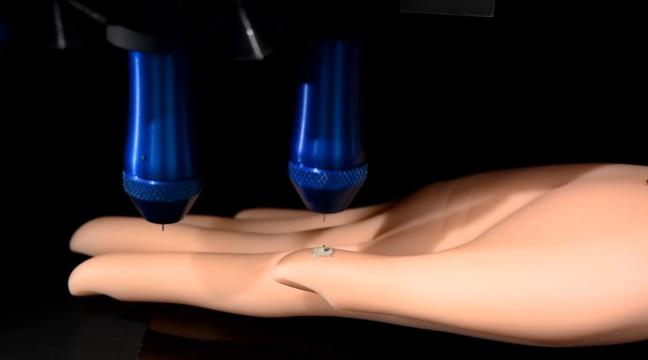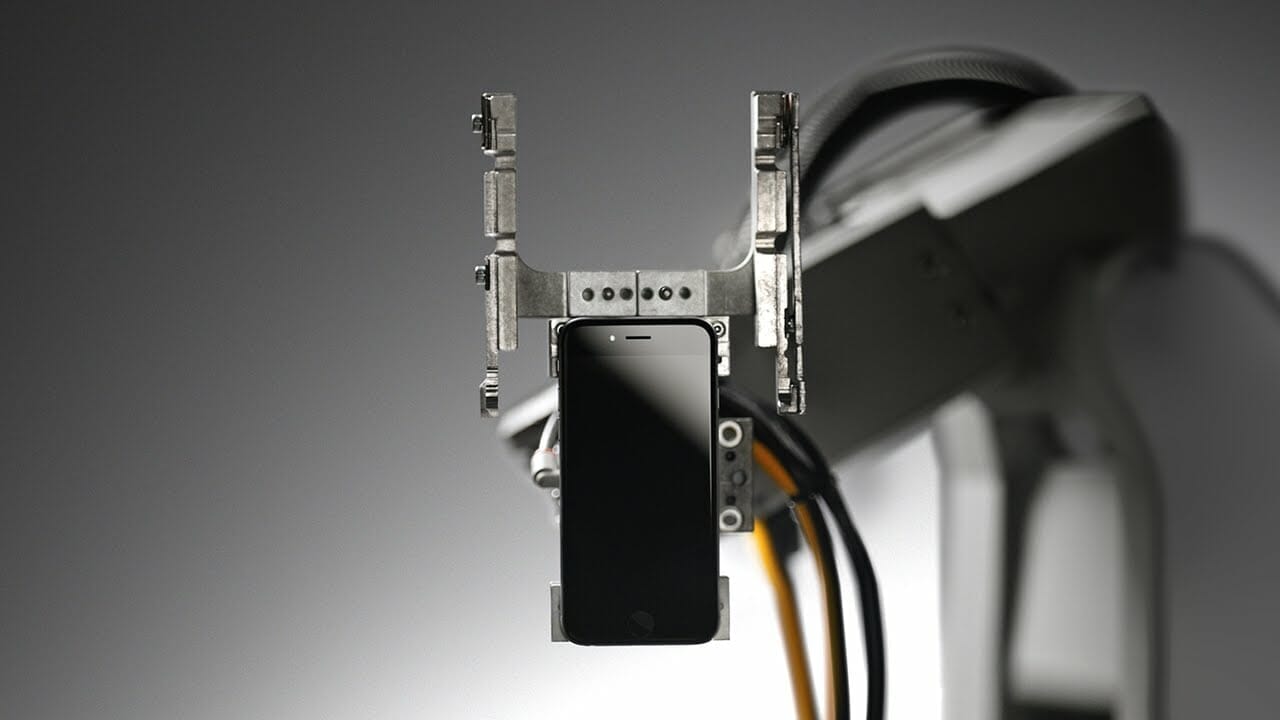There are many benefits of giving robots human-like senses. And while we have given them the ability to “see” and “hear”, it seems like giving them the sense of touch would be hard. But not anymore. Researchers from the University of Minnesota have developed new stretchable electronic sensory devices. These 3D printed pieces of tech gives robots the ability to “feel” objects and their environment. It also involves attaching the device to real human skin, so that’s a first as well.
“This stretchable electronic fabric we developed has many practical uses,” explains Michael McAlpine, lead researcher on the study and mechanical engineering associate professor at UMN. “Putting this type of ‘bionic skin’ on surgical robots would give surgeons the ability to actually feel during minimally invasive surgeries, which would make surgery easier instead of just using cameras like they do now. These sensors could also make it easier for other robots to walk and interact with their environment.”
Source: YouTube, College of Science and Engineering, UMN
McAlpine, who already received international recognition for integrator electronics and developing a bionic ear with 3D printed nanomaterials says that this new invention opens up the new possibility of using printed electronics on actual human skin. The wearable technology could potentially help doctors and surgeons, as well as soldiers who need to detect dangerous chemicals or explosives in the field.
“While we haven’t printed on human skin yet, we were able to print on the curved surface of a model hand using our technique,” said McAlpine. “We also interfaced a printed device with the skin and were surprised that the device was so sensitive that it could detect your pulse in real time.”
The team had created the sensing fabric with a unique 3D printer they made themselves in a lab. It has 4 nozzles, designed to print specialized “inks” that make up each layer of the device. These inks include a base layer of silicone, top and bottom electrodes made of conducting ink, a coil-shaped pressure sensor, and a sacrificial layer that holds the top layer in place while it sets. The supporting sacrificial layer will eventually be washed away during the final manufacturing of the device.

Source: BT.com
What’s even better is that all layers of these “inks” can be set in room temperature. The researchers built it this way since traditional 3D printers that use melted plastic are too hot and rigid to use on human skin. Also, the 3D printed sensors can be stretched up to 3 times their original size.
“This is a completely new way to approach 3D printing of electronics,” McAlpine said. “We have a multifunctional printer that can print several layers to make these flexible sensory devices. This could take us into so many directions from health monitoring to energy harvesting to chemical sensing.”
When asked, the research team said that the best part of their invention is the fact that the manufacturing of the device is built in the process of making it.
“With most research, you discover something and then it needs to be scaled up. Sometimes it could be years before it ready for use,” McAlpine said. “This time, the manufacturing is built right into the process so it is ready to go now.”
Article Sources:












